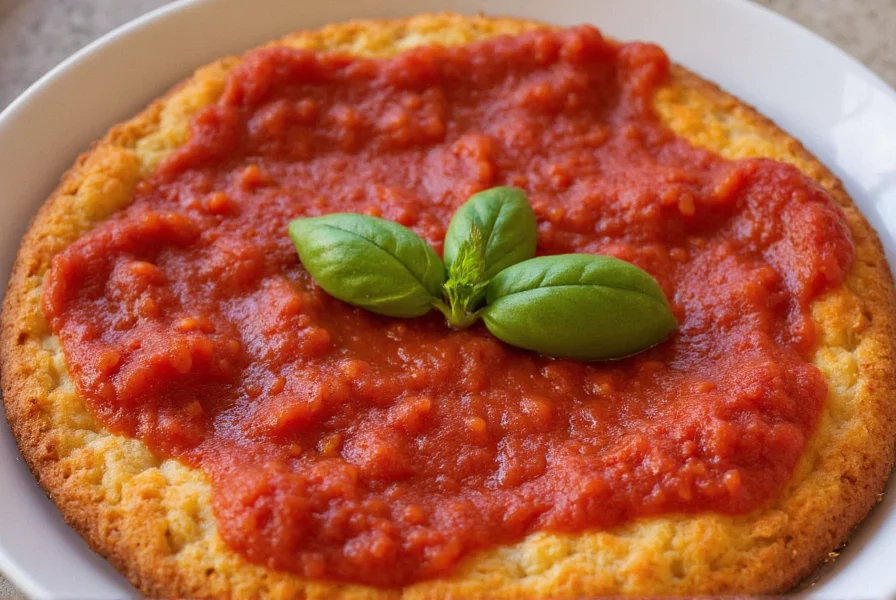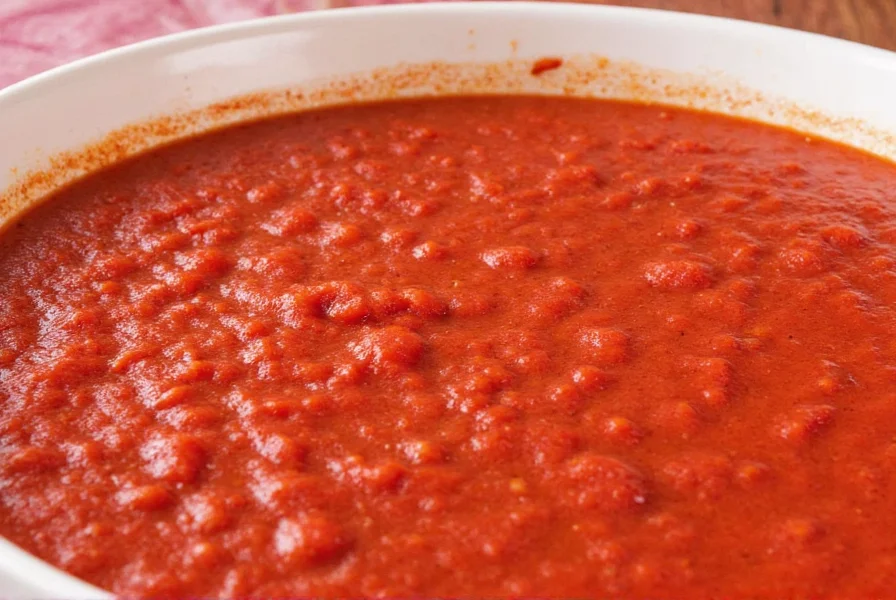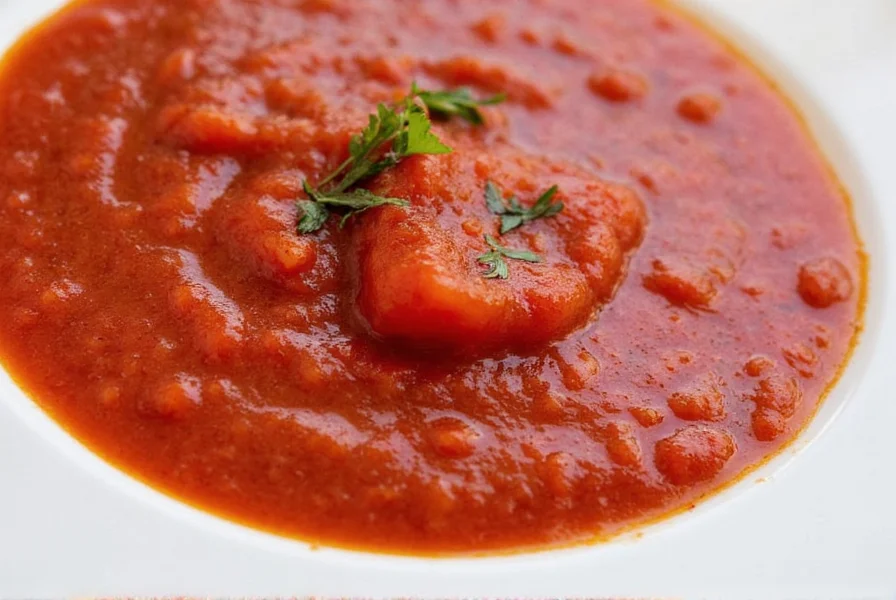Originating in Naples, Italy, marinara sauce gets its name from "la marinara," meaning "of the sailor's wife." This simple yet flavorful sauce became popular among Italian sailors due to its long shelf life and ease of preparation using pantry staples. The traditional recipe requires just a few quality ingredients simmered for a short time to preserve the tomatoes' fresh character.
The Essential Components of Authentic Marinara Sauce
What sets marinara apart from other tomato sauces is its simplicity and speed. While many American "spaghetti sauces" contain meat, wine, and extended cooking times, authentic marinara features:
| Traditional Ingredient | Purpose | Authentic Alternative |
|---|---|---|
| Canned San Marzano tomatoes | Sweet, low-acidity base | Ripe plum tomatoes (seasonal) |
| Fresh garlic | Aromatic foundation | Shallots (for milder flavor) |
| Extra virgin olive oil | Rich mouthfeel and flavor carrier | N/A |
| Fresh basil | Herbal brightness | Oregano (sparingly) |
| Red pepper flakes (optional) | Subtle heat | None |
Unlike meat-based ragù or cream-laden vodka sauces, marinara celebrates the pure essence of tomatoes with minimal interference. The absence of carrots, celery, or onions (common in soffritto for other sauces) keeps the flavor profile clean and tomato-forward.
How to Make Classic Marinara Sauce in 20 Minutes
Authentic marinara requires no special equipment and comes together faster than boiling pasta water. This streamlined method preserves the tomatoes' fresh character while developing rich flavor:
- Heat ¼ cup extra virgin olive oil in a wide skillet over medium heat
- Add 4 finely minced garlic cloves and ½ teaspoon red pepper flakes, sautéing until fragrant (about 1 minute)
- Pour in 2 (28-ounce) cans whole San Marzano tomatoes with their juices
- Crush tomatoes by hand or with a wooden spoon
- Add 5-6 fresh basil leaves and simmer uncovered for 15-20 minutes
- Season with salt to taste and remove basil leaves before serving

Marinara vs. Other Tomato Sauces: Clearing the Confusion
Many home cooks confuse marinara with other tomato-based sauces. Understanding these distinctions helps you choose the right sauce for each dish:
- Marinara: Quick-cooked (under 30 minutes), no meat, no cheese, minimal ingredients, thinner consistency
- Pomodoro: Similar ingredients but cooked longer (1-2 hours) with onions/carrots, slightly thicker
- Arrabbiata: Spicy variation of marinara with extra red pepper flakes
- Puttanesca: Marinara base with capers, olives, and anchovies
- Spaghetti sauce: American term often referring to meat-containing tomato sauce cooked for hours
Perfect Pairings: What to Serve with Marinara Sauce
While commonly associated with spaghetti, authentic marinara shines in numerous applications:
- Pasta dishes: Works best with thinner noodles like spaghetti, linguine, or vermicelli that won't overwhelm the light sauce
- Pizza: Traditional Neapolitan pizza base (not the thicker tomato sauce used in American-style pizza)
- Seafood: Perfect complement to fried calamari, shrimp scampi, or baked fish
- Dipping sauce: Ideal for mozzarella sticks, arancini, or crusty bread
- Casserole base: Excellent layer in eggplant parmesan or baked ziti
Avoiding Common Marinara Mistakes
Even experienced cooks make these frequent errors when preparing marinara sauce:
- Overcooking: Extended simmering dulls the bright tomato flavor; authentic marinara cooks for 15-20 minutes max
- Burning garlic: Garlic should sizzle gently, not brown, to avoid bitterness
- Adding sugar unnecessarily: Quality San Marzano tomatoes don't require sugar masking
- Using dried basil instead of fresh: Dried basil creates a different flavor profile better suited to longer-cooked sauces
- Adding cheese to the sauce: Parmesan belongs on the finished dish, not in traditional marinara
Storage and Shelf Life Guidelines
Properly stored marinara maintains its fresh flavor for optimal enjoyment:
- Refrigeration: Keeps for 4-5 days in an airtight container
- Freezing: Maintains quality for 3-4 months when stored in portion-sized containers
- Reheating: Warm gently over low heat without boiling to preserve flavor
- Signs of spoilage: Bubbling, mold, or sour smell indicate it's time to discard

Regional Variations Worth Exploring
While Neapolitan marinara remains the gold standard, regional Italian variations offer interesting twists:
- Sicilian marinara: Includes capers and olives for a puttanesca-style variation
- Roman marinara: Sometimes incorporates a splash of red wine for complexity
- Coastal variations: May include a pinch of saffron or seafood stock when served with fish
- Modern interpretations: Some chefs add a touch of honey to balance acidity in off-season tomatoes
When exploring these variations, remember that authentic marinara's beauty lies in its simplicity. Each additional ingredient should enhance—not mask—the quality tomatoes at its foundation.











 浙公网安备
33010002000092号
浙公网安备
33010002000092号 浙B2-20120091-4
浙B2-20120091-4